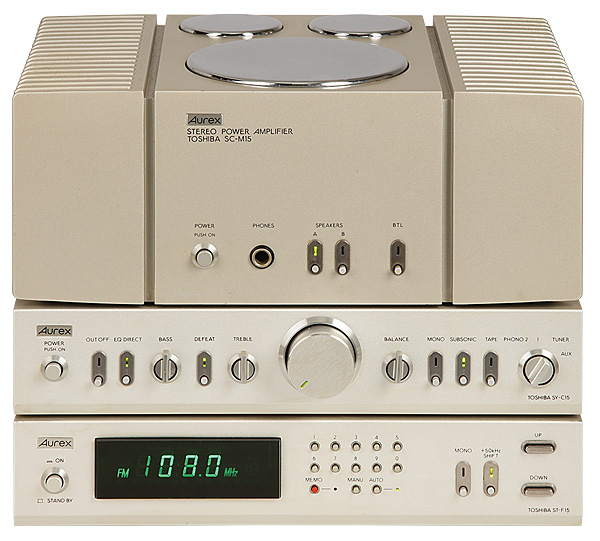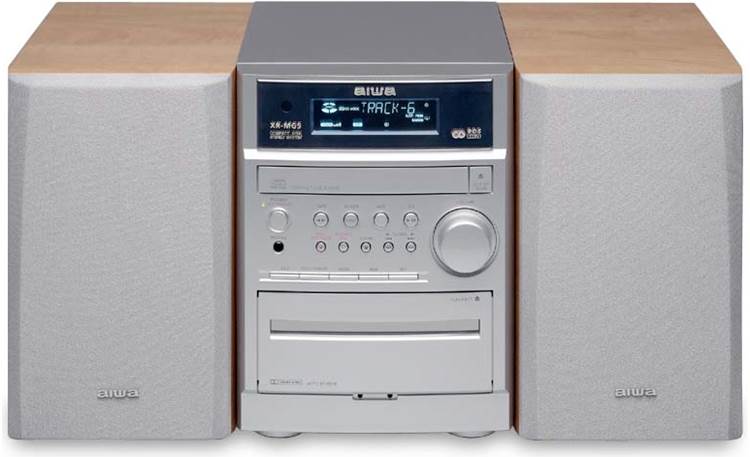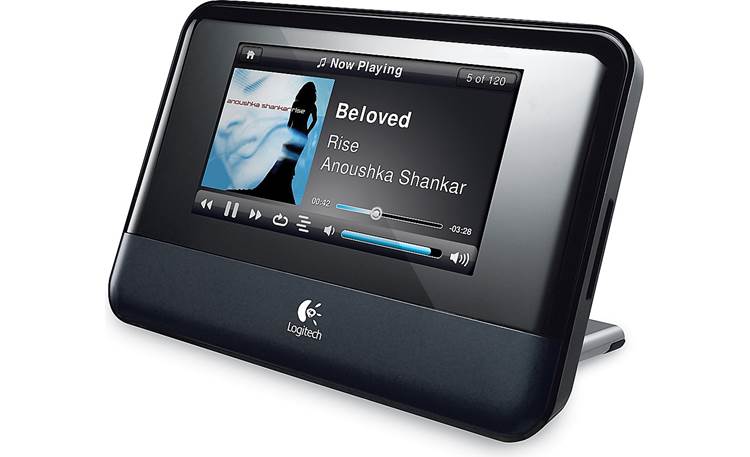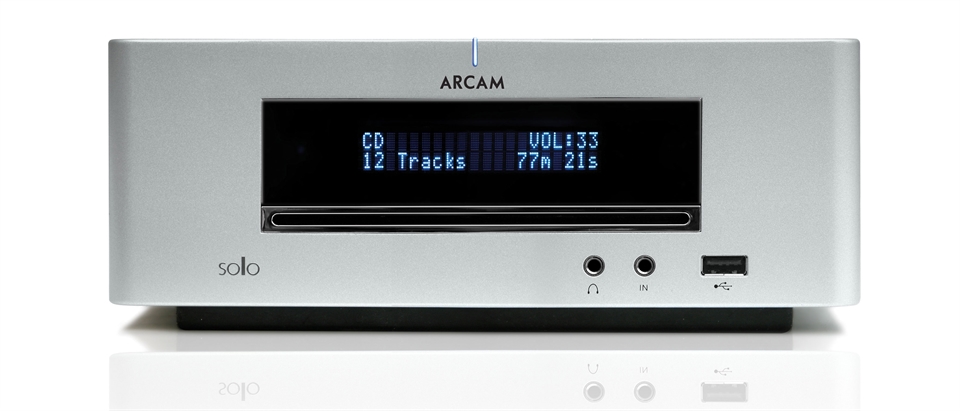What do you do if you’re a Japanese electronics behemoth with a respectable but uninspiring line of products and want to make a bold move for the niche high-end hi-fi market? Anyone who is still unsure should look at what Toshiba did with Aurex. It concocted a fancy Latinate name, applied it to some decent, nicely styled goods, and profited handsomely…
The brand name first appeared in the late 1970s, at the heyday of Japanese hi-fi separates. Toshiba was a well-known business with a long list of ingenious inventions to its credit, ranging from trick TV tube technology to clever video recorders that performed flawlessly in freeze-frame mode. But, because it didn’t have anything fresh to offer the hi-fi world, it turned to marketing and created one of the first new high-end brands. Aurex was the source of inspiration for Lexus, Infiniti, and Acura in the United States…
Each component used ordinary RCA type connectors at normal signal levels and was powered directly from the mains by its own built-in transformer, just like a traditional hi-fi system that had shrunk in the wash. This meant you needed a lot of mains sockets if you had the full cassette deck, tuner, preamp, and power amplifier – which was a pain – but it also meant you could chop and swap components just like full-size separates. This appealed to audiophiles, and buyers frequently mixed and matched the various 10, 12, and 15 series to suit their preferences and budget. The AT-12 quartz clock and timer, which came in a cabinet that matched the rest of the stack, provided even more entertainment.
The SB-A10 integrated amp provided 20W per channel, while the SY-C12 preamplifier and matching SC-M12 power amp provided 45W RMS per channel, as well as twin tape loops, an auxiliary connector for your CD player, and a respectable MM phono stage. The high-end SY-C15 preamp and SC-M15 power amp combo produced a similar amount of power, but using discrete transistors instead of chip modules. They were all well-made, with short signal pathways, good components, and a well-organized internal layout.
The cassette decks were similarly well-designed, with the PC-D12 offering LED meters, metal tape, and a precise transport system based on two motors and IC logic control — a significant improvement over the competitor Aiwa. Given Aurex’s role as a pioneer of the format, the absence of ADRES noise reduction — Toshiba’s own technology, which claimed to be superior than Dolby B – suggests Aurex constructed its micro cassette decks with the mass market in mind. If you were a true purist, there was still the matching external AD-15 ADRES processor!
All of Aurex’s micro-components sounded great, with the pre-power systems in particular being able to match the sonics of a solid Japanese entry-level full-size rack system. This was a remarkable achievement, especially considering the tiny dimensions – especially in the late 1970s, when miniaturization was a less well-traveled path in audio. The Aurex Micro Systems sound clean, clear, surprisingly powerful and energetic, and nicely musical in general – they provide a level of involvement not expected from separates this size. There are no nasties, either, as the music is reasonably smooth and the cassette decks appear to be remarkably stable.
Aurex micro components are fairly common on the secondhand market these days, thus pricing aren’t prohibitive. Look no further if you’re seeking for a superb second system – this hi-fi brand illustrates that less is more!






